Automatic shutdown is a very convenient feature that helps you to turn off your computer at a scheduled time. It comes in handy in situations such as downloading large files at night. You don’t have to wait for the download to get completed so that you can shut down your computer, simply schedule an automatic shutdown, and relax.
Also, in many workplaces employees tend to leave their computers on before they leave the office. This causes unnecessary power consumption which can be avoided by setting up an automatic shutdown. In this guide, we’ll show you multiple methods you can follow to schedule an automatic shutdown.
Schedule an Automatic Shutdown using Run Box
This is one of the easiest ways to schedule an automatic shutdown and it’s not that complicated either. To start, you need to open the Run dialogue box. Press the Win + R keys together to do so.
Once the dialogue box is open type/paste the following command in the Run box.
shutdown /s /t 300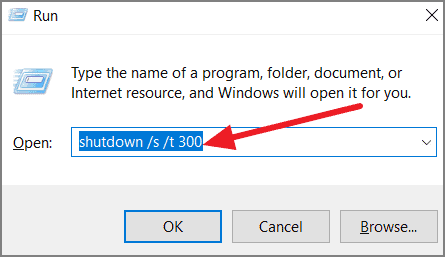
Then, click the ‘OK’ button to set your computer to automatically shut down after 300 seconds (5 minutes). The number in the command represents the time in seconds and must be set accordingly. If you wish to schedule an automatic shut down after 30 minutes, you’ll type shutdown /s /t 1800.
Setting an Automatic Shut Down from Command Prompt
You can also set your computer to auto-shutdown by using the command prompt. The steps are pretty similar to the earlier method.
Open the power user menu by pressing Win+X keys and click Command Prompt.
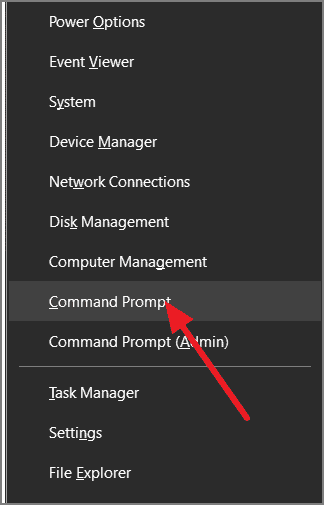
Note: If your power user menu is showing PowerShell instead of Command Prompt you simply need to press Win+I to open Windows Settings screen and click Personalization. In the Personalization page, select Taskbar and scroll down to disable ‘Replace Command Prompt with Windows PowerShell’.
Once the Command Prompt is open type the following command and hit Enter.
shutdown /s /t 300
Your PC will display a notification reminding you that your computer will shut down in 5 minutes. Needless to say that you’ll have to adjust the number in the command accordingly to change the scheduled time, like using the shutdown /s /t 1800 command for scheduling a shutdown after 30 minutes.
Schedule Automatic Shutdown with Windows Powershell
If you don’t wish to use the above two methods for any reason, you can schedule an automatic shutdown with Windows PowerShell as well using the same command. Open Windows PowerShell on your computer by searching for it in the ‘Start’ menu. Then, type/paste the following command and hit Enter to schedule a shutdown after 5 minutes.
shutdown /s /t 300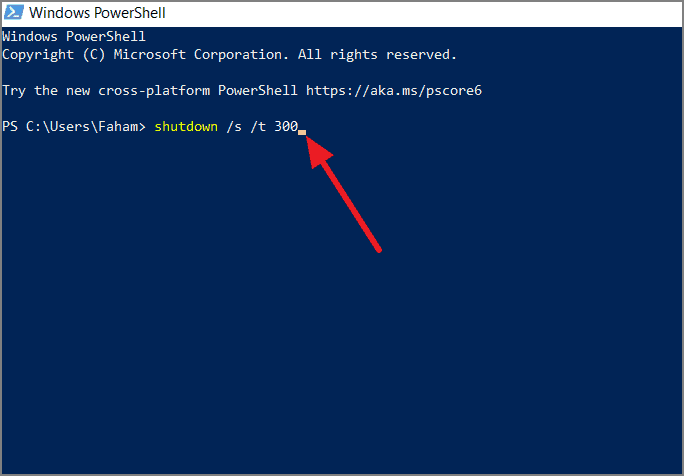
You can change the command to shutdown /s /t 1800 to schedule a shutdown after 30 minutes. The number in the command represents time in seconds.
Create a Basic Task to Schedule an Automatic Shutdown
This is a little lengthy but very effective process. Press Win+R to open the Run dialogue box, type taskschd.msc and click ‘OK’. This will open the task scheduler for you.

On the right side of your Task Scheduler, you’ll get several options. Move your cursor to ‘Create Basic Task’ and press Enter. You can simply double click the option as well.

A new dialogue box will open where you’ll see two sections; Name and Description. Type shutdown in the name field and leave the description box blank. Click ‘Next’ to proceed.
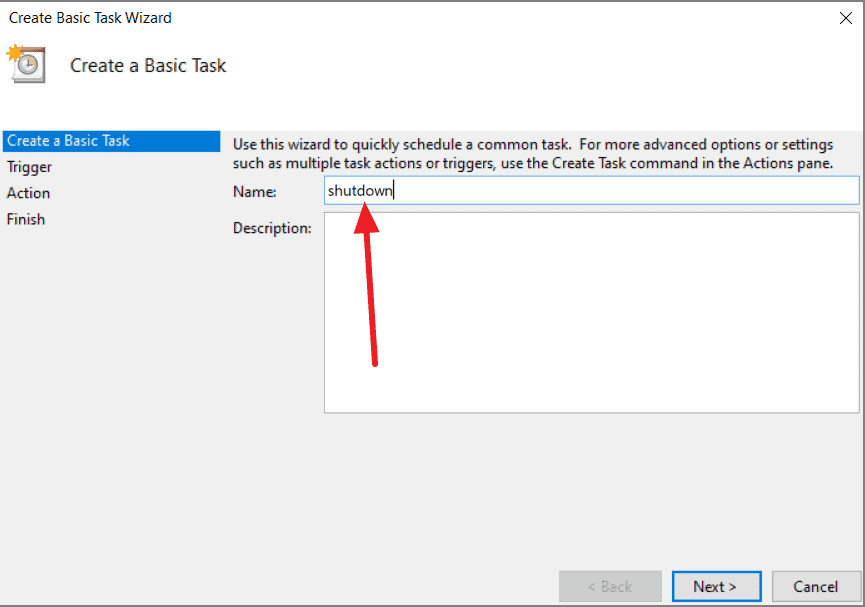
The Task scheduler will now ask you about the frequency of the task. You need to set this as per your requirement and click ‘Next’.

In the next window, you will have to select the date and time for an automatic shutdown. To set the date and time, click on the drop-down menu given at the right side of the columns, select the preferred date and time, and click ‘Next’.
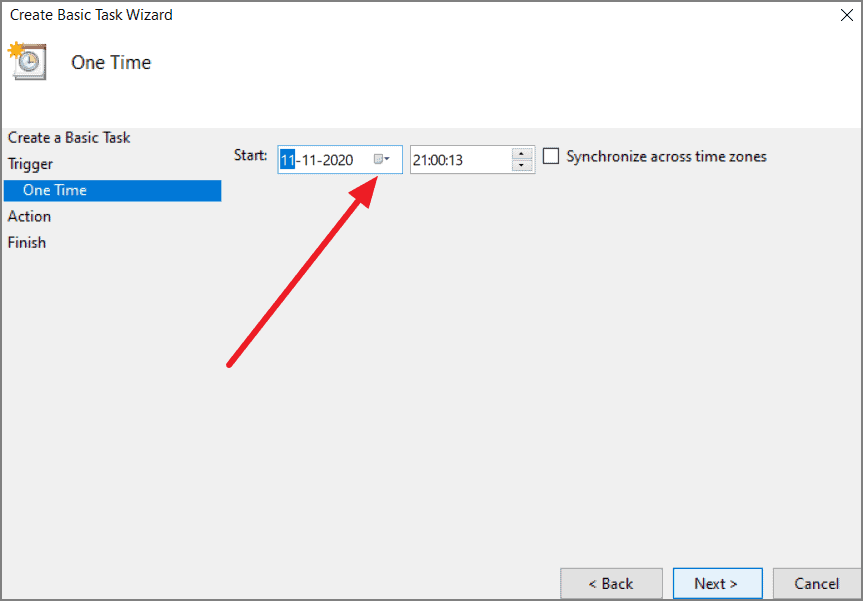
A new dialogue box will open with three options. Select ‘Start a program’ and click the ‘Next’ button to proceed.

On the next screen, click on the browse button and navigate to C:/Windows\Syatem32\Shutdown.exe file.
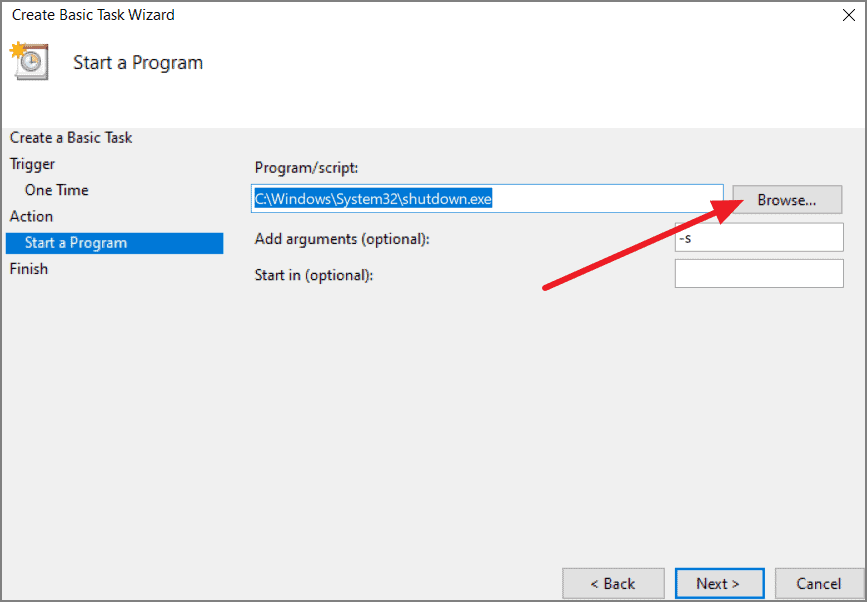
Scroll down to find the Shutdown application file. Once you find it, double-click to select it.

In the final step, type -s in the arguments. Click ‘Next’ and finish the task. This will create a task for the automatic shutdown of your computer.

So these were some of the methods by which you can schedule an automatic shutdown on your computer. These are easy, effective methods that can be very useful in certain situations.







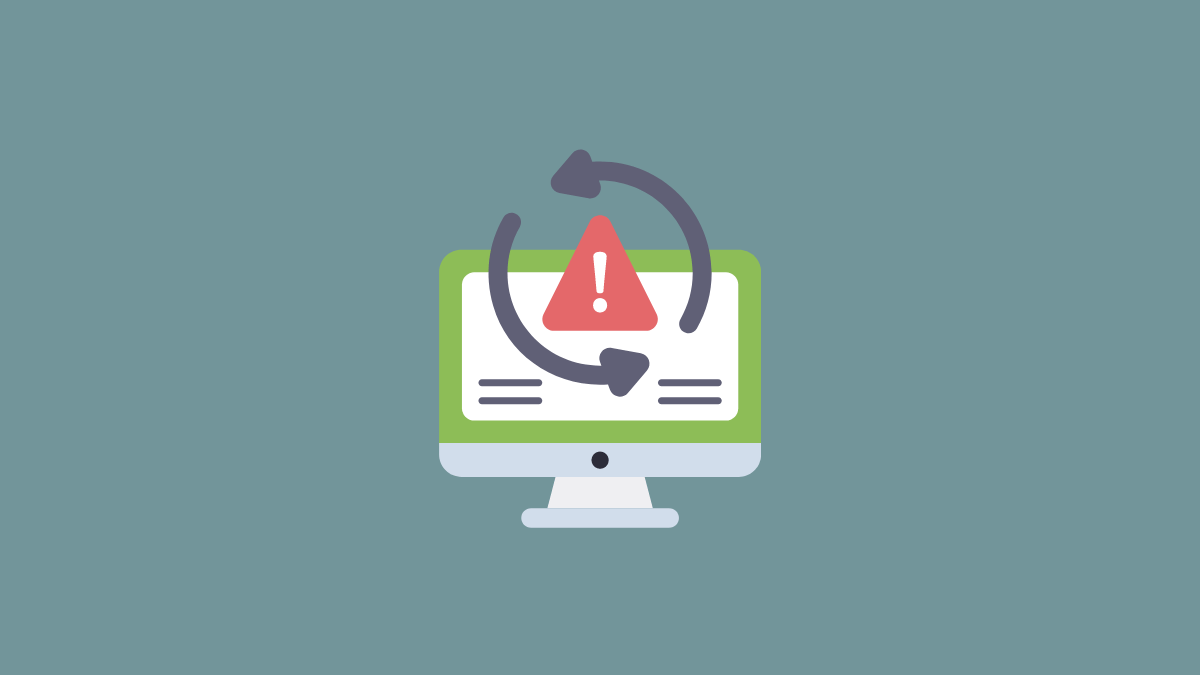


Member discussion